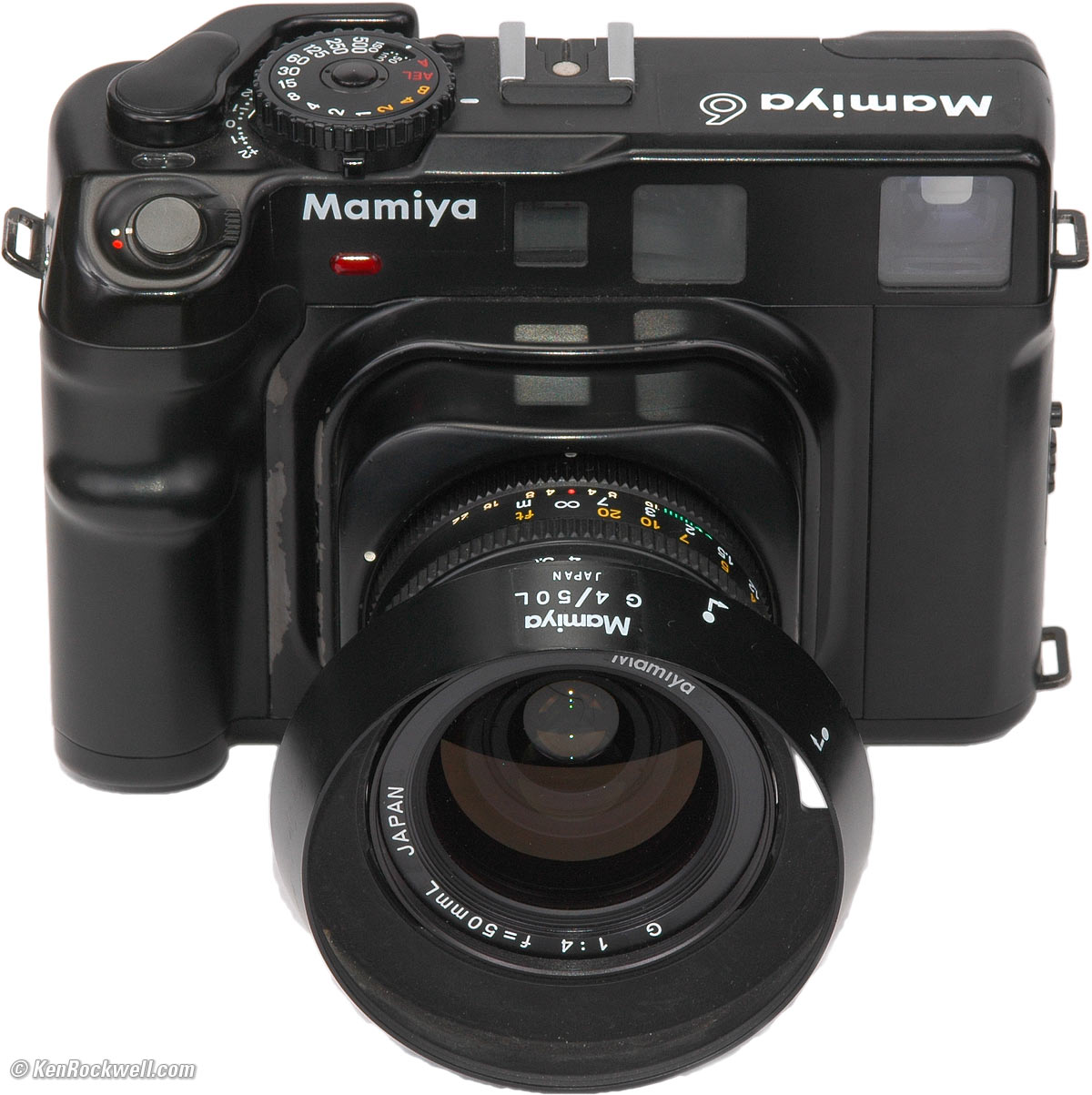

- #ZEISS FOR MAMIYA 7 II RETAIL HOW TO#
- #ZEISS FOR MAMIYA 7 II RETAIL FULL#
- #ZEISS FOR MAMIYA 7 II RETAIL PLUS#
- #ZEISS FOR MAMIYA 7 II RETAIL PROFESSIONAL#
The RB67, on the other hand, signaled a change for me and represents the moment I began to take photography more seriously. While the Canon AE-1 was the first camera I ever owned, that camera was a hand-me-down. Pg 24. New Publications: Historien Om Contax by Peter Hennig, and Spiegel-Contax by Alexander Schulz. The Mamiya RB67 Pro-S is the first camera I bought.

#ZEISS FOR MAMIYA 7 II RETAIL PLUS#
Plus it shoots in a big medium format size. More fascinating information about the years after the way when much of Zeiss-Ikon Dresden was moved to Kiev, Ukraine. Mamiya 7 II What’s Being Whispered: The Mamiya 7 II has a shutter so quiet that sometimes you won’t even know if the camera took a photo or not. Focal Length 200mm Max Aperture T2.2 Coverage 35FF, VV Lens Mount PL, LPL, EF Min. Pg 16. After Dresden: The Migration to Jena and Kiev. The ZEISS eXtended Data is a unique technology which is based on the /i Technology and provides information about the lens’ distortion and shading characteristics in real time. It also explores British military binoculars.
#ZEISS FOR MAMIYA 7 II RETAIL FULL#
Towards the end of the 1000 F production period a Dallmeyer 5.6/508 mm lens made by Cook and Perkins, England, was also available, but did not fully cover the full film format. Save up to 40 off retail price and get a 180-day warranty Financing options available. Zeiss supplied the lenses Distagon 5.6/60 mm, Tessar 2.8/80 mm, Sonnar 3.5/135, Sonnar 4.0/250 and Sonnar 5.6/250 mm. This article describes the origin’s of Zeiss’s London factory and retail premises of Carl Zeiss (London) Limited. Buy and sell used Mamiya medium format camera lenses at KEH Camera. Pg 8. Zeiss and Ross, London and Mill Hill. Larry Gubas shares with us some of Goerz’s history. Goerz is the namesake of the Goerz camera and lens company who would eventually merge to form Zeiss-Ikon in 1926. Pg 6. Zeiss Personalities: Carl Paul Goerz (1854 – 1923). It should come as no surprise that Zeiss made prototype lenses too. Pg 2. Prototype Lenses for the Contax, Contaflex, and Contarex. (3)The ssm focus is incredibly smooth and quiet and quick to focus. Rather than rotating your camera to change from portrait to landscape, you will rotate the camera back, allowing you to easily shoot without changing your body position.Prototype lenses for three different Zeiss cameras, a look back at Carl Paul Goerz and his contributions to early Zeiss-Ikon and more of the story of how Zeiss-Ikon moved from Dresden to Kiev, Ukraine. (2) the cheaper sony 50mm f1.4 has the loss of contrast and the image appears to have coma glow, whereas the zeiss 50mm f1.4 resolve well under all circumstances. One last key feature is the rotating backs on these two cameras. All the while, you can also change your lenses and viewfinders if you’d like to do that too.īoth cameras are widely used by professionals, especially those shooting in studio settings.
#ZEISS FOR MAMIYA 7 II RETAIL PROFESSIONAL#
This is highly noted as a key feature of this camera by professional photographers because it allows you the freedom to shoot what you would like during a shoot – you could load one film back with color film, another with black & white film, and another with Fuji Instant Pack film and shoot all different types one after another rather than shooting one roll at a time.
#ZEISS FOR MAMIYA 7 II RETAIL HOW TO#
Zeiss Planar T 80mm f/2.8 C (fits Hasselblad V system, this sample from 1980, B50 filters, 15.160 oz./429.75 g, 3/0.9m close focus, about 300 used if you know How to Win at eBay.) bigger.

This allows for a lot of versatility between photographers, meaning you don’t have to use your camera a certain way, or how other photographers use it, but rather you can build and create the camera that you can create your best images with.įor example, with a modular camera, you are able to interchange camera lenses, the viewfinders, the ground glass, film winders, and even the film backs. Zeiss Planar 80mm f/2.8 C (fits Hasselblad V system, this sample from February 1970, B50 filters, 16.485 oz./467.35g, 3/0.9m close focus, about 300 used if you know How to Win at eBay.) bigger. With a modular camera build, this means you can modify and change/add on whatever you would like to your camera. Both cameras were brought to market as medium format single lens reflex, modular film cameras. 7.2 Volt Li-ion Battery for Many 6.0V-7.2V Digitial Cameras 7.5cm f2.5 Steinheil Tessar in Compur 70-150 f3.8 Macro Vivitar for Canon FD 70-150mm f3. The Mamiya RB67 was introduced in 1970 and the Mamiya RZ67 was originally introduced in 1982. 180mm f4.0 Carl Zeiss Sonnar 180mm f4.5 Mamiya RZ Lens 180mm f4.5 Mamiya-Sekor (non-C) Lens for Mamiya RB67 (No 8). We keep these two cameras as a combo pack because they are relatively similar and offer quite consistent images between the two. unopened and undamaged item in original retail. Following the Pentax 67II are none other than the Mamiya RZ67 and RB67. Compatible Lens: M42 lenses (for Zeiss, Mamiya, or any other functions will not.


 0 kommentar(er)
0 kommentar(er)
